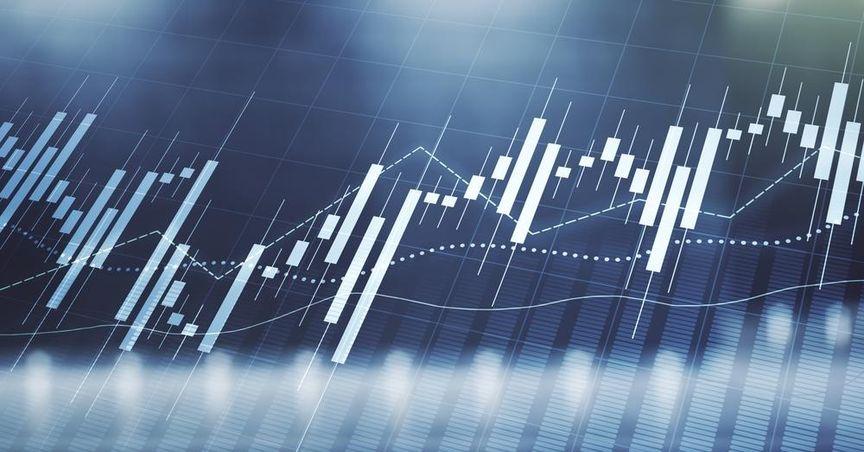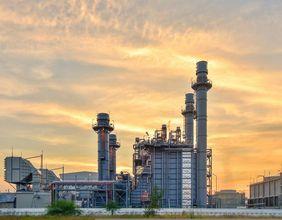Highlights:
- A demand shock is a sudden shift in the demand for goods and services in an economy.
- It can be triggered by external events like natural disasters, pandemics, or changes in consumer behavior.
- A negative demand shock can lead to economic slowdowns, while a positive one can spur growth.
A demand shock refers to an unexpected or significant change in the demand for goods and services within an economy. This disruption can either be a sudden increase or decrease in consumer and business demand, often driven by external factors such as shifts in consumer confidence, economic policies, or global events. Understanding demand shocks is essential for policymakers, businesses, and economists because they can have far-reaching consequences for economic stability, inflation, and employment levels.
Types of Demand Shocks
Demand shocks can broadly be classified into two types:
- Positive Demand Shock: This occurs when there is a sudden increase in demand for goods and services. For example, a government stimulus package can increase household incomes, prompting more spending across various sectors of the economy. Similarly, a technological breakthrough that leads to higher consumer demand for a new product can create a surge in demand.
- Negative Demand Shock: A negative demand shock happens when there is a sudden decrease in the demand for goods and services. This could be triggered by events like a financial crisis, a pandemic, or a natural disaster, which causes consumer confidence to plummet. Reduced consumer spending, business investment, and exports can significantly slow down economic growth.
Causes of Demand Shocks
Several factors can cause a demand shock. These include:
- Consumer Sentiment: Changes in how consumers feel about the economy can directly impact their spending behavior. A decline in consumer confidence can lead to reduced demand for goods and services, resulting in a negative demand shock.
- Government Policies: Government decisions, such as changes in tax rates or the introduction of stimulus packages, can either boost or dampen demand. For instance, lower interest rates or tax cuts can increase demand, while austerity measures or higher taxes can reduce it.
- External Events: Natural disasters, pandemics, or geopolitical events can disrupt supply chains, change consumer behavior, and cause a rapid shift in demand. The COVID-19 pandemic, for example, led to widespread job losses and changes in consumer behavior, resulting in significant demand shocks globally.
Effects of a Demand Shock
The economic consequences of a demand shock vary depending on its nature—whether positive or negative—and the speed with which it is addressed. Some key effects include:
- Economic Growth: A negative demand shock typically slows down economic growth, as businesses may cut back on production and investment due to lower sales. Conversely, a positive demand shock can fuel economic growth by encouraging businesses to increase output to meet the rising demand.
- Inflation: A sudden rise in demand (positive shock) can lead to inflationary pressure, as the demand for goods and services outpaces supply. On the other hand, a drop in demand (negative shock) can lead to deflationary pressure, potentially resulting in falling prices and a reduction in business profits.
- Unemployment: When demand falls, businesses may reduce production, leading to layoffs and increased unemployment. Conversely, a surge in demand can result in job creation as companies expand operations to meet the higher consumer demand.
Government Response to Demand Shocks
Governments play a crucial role in managing demand shocks. Depending on the nature of the shock, they may implement policies to stabilize the economy. For example, in the case of a negative demand shock, governments may resort to fiscal stimulus—such as direct payments to households or infrastructure projects—to boost demand. Central banks may lower interest rates to encourage borrowing and spending.
On the other hand, in the case of a positive demand shock, policymakers may introduce measures to prevent the economy from overheating, such as raising interest rates or implementing supply-side policies to increase the availability of goods and services.
Conclusion
Demand shocks, whether positive or negative, have a significant impact on the economy. They influence economic growth, inflation, and employment levels, making them a crucial factor for governments and businesses to monitor. Policymakers need to respond promptly and appropriately to demand shocks in order to maintain economic stability and foster sustainable growth. Understanding the nature and causes of demand shocks is essential in crafting strategies that mitigate their potential negative effects and harness opportunities for growth.





